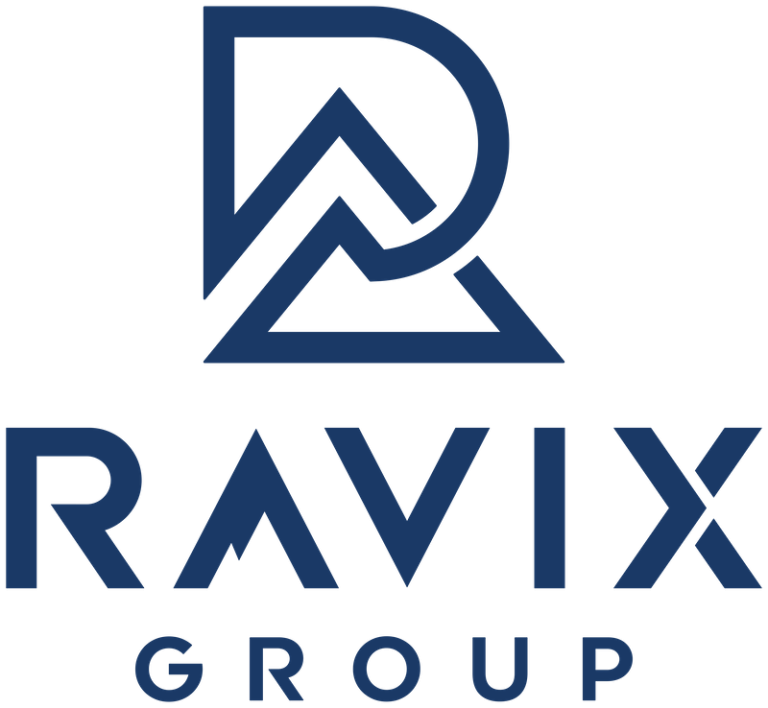As we approach 2024, many startup founders find themselves gazing nervously at a horizon clouded with economic uncertainty. If you’re one of those founders with only a year of runway left, the anxiety is understandable. As a CFO who has weathered the storms of both the 2000 dot-com bubble and the 2008 financial crisis, I’ve witnessed firsthand the cyclical nature of economies and the impact on startup financing.
The cycle we’re currently exiting has been unique, propped up by prolonged low-interest rates, PPP loans, and a surge in venture capital, marked by the emergence of numerous funds and significant dry powder. However, as we transition into 2024, we must brace for a landscape that starkly contrasts the era of “easy money” we’ve been accustomed to.
Why the Change?
Several factors are converging to create a challenging fundraising environment:
1. Rising Interest Rates: As central banks globally tighten monetary policy, the cost of borrowing rises, impacting investor appetite and startup valuations.
2. Market Saturation: The sheer number of players in the market, combined with a potential overvaluation of technology assets, sets the stage for a correction.
3. Inflationary Pressures: Persistent inflation affects both consumer spending and operational costs for startups, impacting business cash flow and challenging growth projections.
Despite fundraising friction in our market, remember that some of today’s tech giants, like Google and Facebook, were born and thrived during recessions. Economic downturns can be crucibles for forging business resilience and honing a razor-sharp focus on product-market fit.
Strategic Fundraising in 2024
For those of you gearing up to fundraise, the approach needs to be tactical and precise:
1. Target Investors with Dry Powder: Focus on investors whose investment thesis aligns closely with your product or service. This isn’t the time for a broad, scattershot approach. Identify the top 50 investors who are most likely to be interested in your offering. Use resources like Pitchbook and Crunchbase to identify the right investors.
2. Understand Investor Criteria: Deeply understand what these investors are looking for. Research the investors, as many have been on podcasts and interviewed and are pretty open and honest about who they’re targeting. Does the investor define a good team as having experience in the sector? Front-load your team slide with logos they’ll recognize and look for industry connections on Linkedin to make the intro. VCs love investing in founders who have been introduced by other founders. Tailor your pitch and messaging to resonate with their specific criteria and investment thesis based on your extensive research.
3. Demonstrate Progress: Once you’ve initially reached out to an investor and showed them your numbers, in this climate, they’re going to challenge you with higher numbers. You have about six months to make significant strides in the areas your target investors care about. Improving key metrics to align with their benchmarks is critical. Regular updates on your progress can build investor confidence in your trajectory.
4. Stay Customer-Centric: Keep your focus laser-sharp on your customers and Ideal Customer Profile (ICP). Understanding your customers deeply and proving your product-market fit has never been more important.
As we navigate the tumultuous waters of 2024, remember that tough times don’t last, but tough companies do. My commitment is to provide ongoing, practical advice throughout the year. With a Rolodex of over 300 investors, Ravix Group be sharing insights and strategies to help you secure the funding you need to not just survive but thrive.
Interested in pitch deck review? Reach out to us for a free hour-consult with one of our CFO startup experts:



